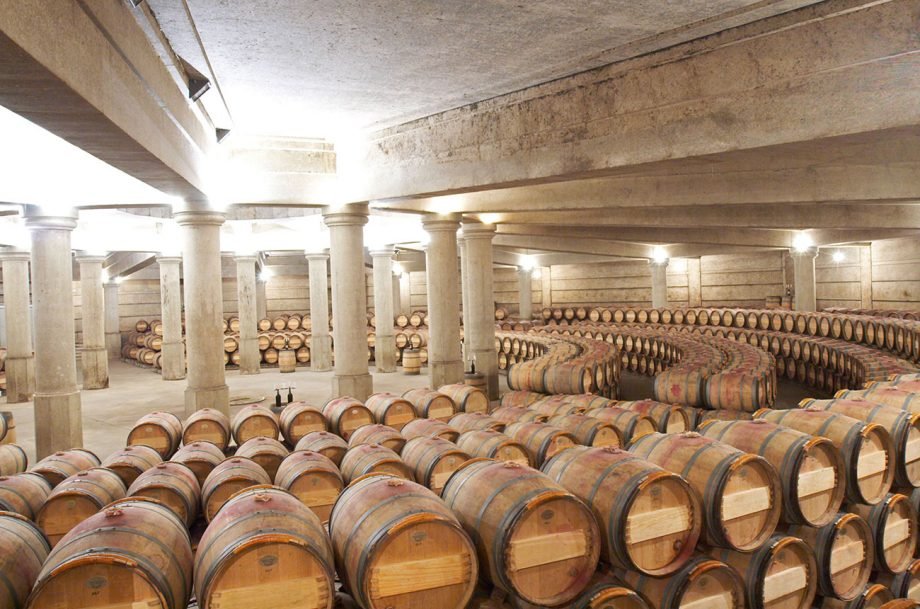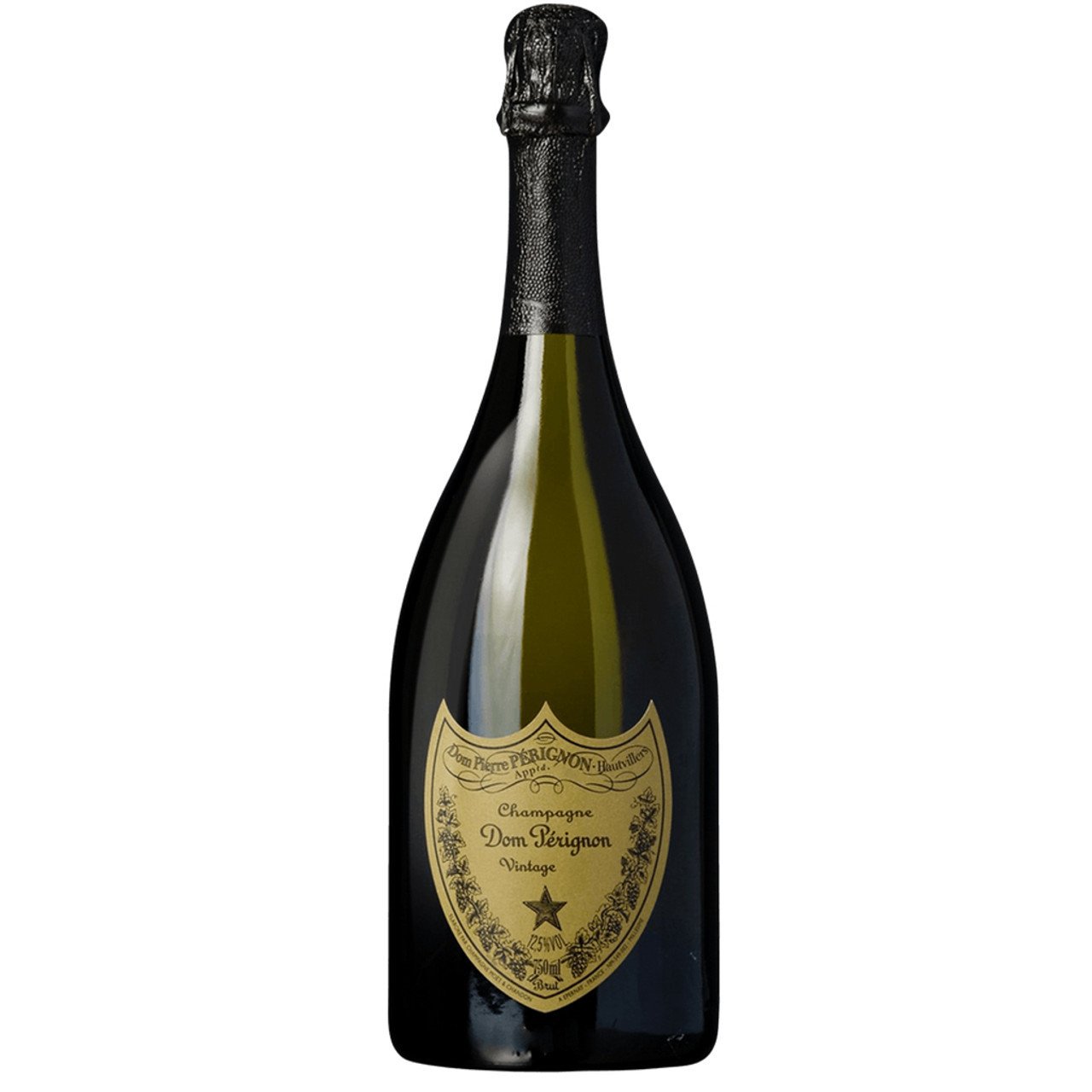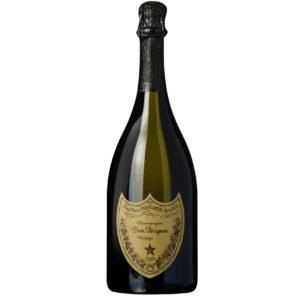Description
Powerful, dense and tightly wound, the 2006 Dom Pérignon is fabulous today. To be sure, the 2006 is a broad, virile Champagne, but I find it compelling because of its phenolic depth and overall intensity. Chef de Caves Richard Geoffroy adds that August was quite cold and wet and that ripening only happened at the very end of the growing season. Although numbers alone can never explain a wine, I find it interesting that the 2006 has more phenolics than the 2003. Readers must be patient, as the 2006 is easily the most reticent Dom Pérignon in 2002 and 2009. I am confident the 2006 will have its day, but it is not especially charming or easy to drink in its youth. Drink 2026 – 2056
Antonio Galloni, Vinous.com (July 2018)
Dom Pérignon is Champagne’s most iconic prestige cuvée, produced exclusively in exceptional vintages. Never blended across years, each bottle expresses the unique character of a single harvest, made from Chardonnay and Pinot Noir sourced only from Grand Cru and Premier Cru vineyards. Under the direction of Chef de Cave Vincent Chaperon, each vintage is aged on lees for a minimum of eight years in the historic cellars of Épernay, developing exceptional complexity, mineral tension, and remarkable aging potential (up to 30 years or more). The house also releases its wines in distinct maturity stages known as “Plénitudes”: P2 (after ~15 years) offers greater intensity and precision, while P3 (after 25+ years) reveals rare depth and richness. The vintage Rosé, made with extended skin-contact Pinot Noir, delivers a bold, structured interpretation of the Dom Pérignon style. A visionary house owned by Moët & Chandon (LVMH), Dom Pérignon remains a global symbol of elegance, rarity, and timeless luxury.












